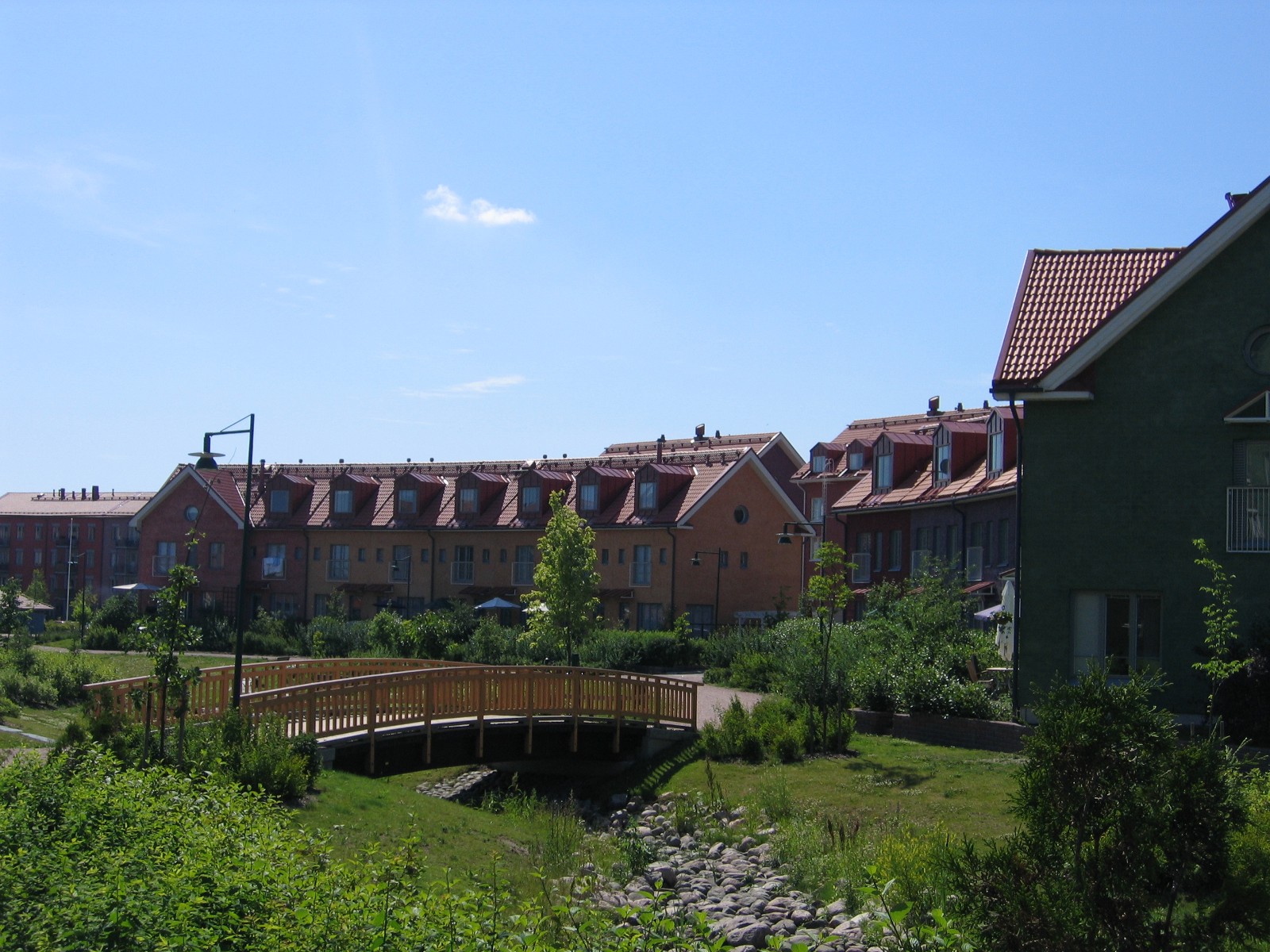Kartanonkoski on:
[Wikipedia]
[Google]
[Amazon]

 Kartanonkoski ( sv, Herrgårdsforsen) is a
Kartanonkoski ( sv, Herrgårdsforsen) is a
Helsinge-Vantaa 650 - The Pakkala Tour
2.3.2010 With its red-tiled

 Kartanonkoski ( sv, Herrgårdsforsen) is a
Kartanonkoski ( sv, Herrgårdsforsen) is a Finnish
Finnish may refer to:
* Something or someone from, or related to Finland
* Culture of Finland
* Finnish people or Finns, the primary ethnic group in Finland
* Finnish language, the national language of the Finnish people
* Finnish cuisine
See also ...
housing suburb in the southern part of the City of Vantaa
Vantaa (; sv, Vanda, ) is a city and municipality in Finland. It is part of the inner core of the Finnish Capital Region along with Helsinki, Espoo, and Kauniainen. With a population of (), Vantaa is the fourth most populated city in Finland ...
. Kartanonkoski is a part of the Pakkala
Pakkala ( sv, Backas) is a city district in Vantaa, Finland. It is the most populated district in the Aviapolis major region, and is named after the Backas estate situated there. Pakkala is notable for the suburb of Kartanonkoski and the busines ...
district and furthermore a part of Aviapolis marketing brand area of Vantaa.
The area is located on the grounds of the Backas Mansion. Located in or near the area are the International School of Vantaa, Jumbo shopping mall, and Ruutinkoski Rapids. The area is 2 kilometres away from Helsinki-Vantaa Airport
Helsinki-Vantaa Airport (; fi, Helsinki-Vantaan lentoasema, sv, Helsingfors-Vanda flygplats), or simply Helsinki Airport, is the main international airport of the city of Helsinki, its surrounding metropolitan area, and the Uusimaa region. Th ...
.
History
In 1998, the City of Vantaa organized acompetition
Competition is a rivalry where two or more parties strive for a common goal which cannot be shared: where one's gain is the other's loss (an example of which is a zero-sum game). Competition can arise between entities such as organisms, indiv ...
for the planning of a "garden village". The winner was the Swedish architectural firm Djurgårdsstaden arkitekter. The area is part of the Pakkala district but for marketing reasons the suburb was named Kartanonkoski. The town planning concept was partly taken from the Garden city movement
The garden city movement was a 20th century urban planning movement promoting satellite communities surrounding the central city and separated with greenbelts. These Garden Cities would contain proportionate areas of residences, industry, and ...
in Britain from the end of the 19th century, as well as the New Urbanism
New Urbanism is an urban design movement which promotes environmentally friendly habits by creating walkable neighbourhoods containing a wide range of housing and job types. It arose in the United States in the early 1980s, and has gradually i ...
movement at the time of its inception. The overall town plan shuns the typical orthogonal street grid in favour of curving street delineations, crescents, shifts in axes, localised symmetry, and more organic structures. The area consists of houses and apartment blocks arranged mostly in terraces though many of the detached and semi-detached houses on the south side of the area are of generic
Generic or generics may refer to:
In business
* Generic term, a common name used for a range or class of similar things not protected by trademark
* Generic brand, a brand for a product that does not have an associated brand or trademark, other ...
rectangular type, but in bright colours. Numerous children's play areas are situated throughout the area. Public green areas permeate the entire area, contributing to the "garden village" ambience. The construction began in 2000.2.3.2010 With its red-tiled
pitched roof
Roof pitch is the steepness of a roof expressed as a ratio of inch(es) rise per horizontal foot (or their metric equivalent), or as the angle in degrees its surface deviates from the horizontal. A flat roof has a pitch of zero in either insta ...
s, gable
A gable is the generally triangular portion of a wall between the edges of intersecting roof pitches. The shape of the gable and how it is detailed depends on the structural system used, which reflects climate, material availability, and aesth ...
s, vernacular detailing, ornamentation and bright colours - as well as lack of flat roofs and strip windows - the architecture of Kartanonkoski represents a Neo-vernacular or Neohistorism style. It is heavily influenced by the Nordic Classicism
Nordic Classicism was a style of architecture that briefly blossomed in the Nordic countries ( Sweden, Denmark, Norway and Finland) between 1910 and 1930.
Until a resurgence of interest for the period during the 1980s (marked by several scholarl ...
of the 1920s - especially in places the wooden Puu-Käpylä
Käpylä (; sv, Kottby) is a neighbourhood of Helsinki with 7,600 inhabitants. Administratively speaking, Käpylä is a part of the Vanhakaupunki district.
It is located between Kumpula, Oulunkylä and Koskela. Käpylä has a terminus for ...
district of Helsinki - but also the Postmodernism of the 1970s and 1980s. The houses are mostly two storeys, but in places go up to five storeys. The intention of the architects was to combine the technology and building methods of the present - most of the houses are built using prefabricated
Prefabrication is the practice of assembling components of a structure in a factory or other manufacturing site, and transporting complete assemblies or sub-assemblies to the construction site where the structure is to be located. The term ...
concrete construction synonymous with modernism - with the architectural tradition of the past with heavy emphasis on aesthetics.
The construction costs were initially 10% higher compared to that of modernist style buildings, but the apartments sold at prices 50% higher than ordinary flats.
Notes
{{coord, 60, 16, N, 24, 57, E, display=title, region:FI_type:city_source:GNS-enwiki Districts of Vantaa New Urbanism communities